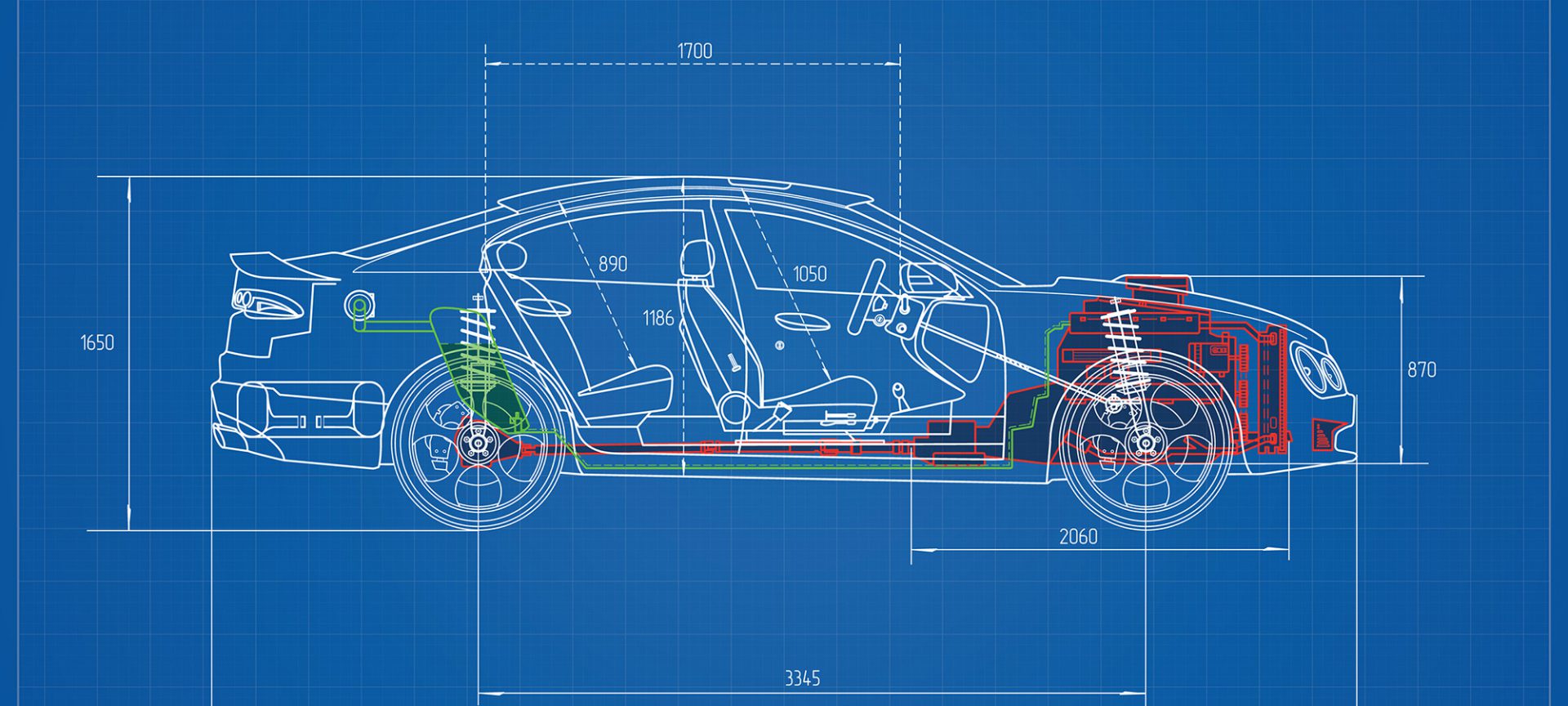Flying Cars?
< 1 min read
Tips, tools and more to drive agency productivity and growth.
Stay up to speed on everything your customers value.
Today’s innovations and tomorrow’s breakthroughs.
Fun and creative ways to juggle home and office.
Let’s see what we can build together.

A look at the current state of the automotive technology trend
A generation ago, automakers started using electronics to regulate fuel flow, ignition, and other under-hood functions. Ever since, the influence of digital technology over the driver experience has grown.
Digital is now at the core of a widening range of applications related to the automobile. Many are impressive in their own right. Some bring added concerns. All are worthwhile for independent agents, especially those who write Auto, to be aware of.
Active safety systems: Sensors that warn of other vehicles and objects are increasingly prevalent. Blind spot warning systems, for instance, were available on 73 percent of 2017 models, according to Edmunds. More advanced systems perform tasks such as slowing a car down when it’s following too closely, or steering a drifting car away from the berm.
Infotainment systems and connectivity: A 2018 report by McKinsey states that by 2020, one in five cars will be connected to the Internet. Services include a range of Internet and Bluetooth applications for communications, tourism and travel information, and passenger entertainment.
On the flip side, the American Automobile Association recently studied 40 infotainment systems in 2017/18 vehicles. All but 11 made a “high” or “very high” demand on driver attention. It follows that makers of these systems are challenged to design them to interfere minimally with the driver’s concentration.
The digital ownership experience: The McKinsey report also explains how major car brands are creating more sophisticated digital experiences for consumers, both pre- and post-sale. With the smartphone app for my Ford, for example, I could check vehicle systems, start the engine, and lock the doors—all remotely.
Again, there are some concerns. A 2017 study by Kapersky Labs showed these apps could be vulnerable to hacks, giving car thieves one more tool at their disposal. Vehicle owners ought to understand what security measures are in place for the apps they use, and balance any added convenience with the potential risks.
Insurance: Usage-based insurance (UBI) programs have come a long way since Progressive pioneered the use of vehicle telematics in the early 2000s. As vehicle connectivity becomes ever more prevalent—and as sophisticated underwriting helps companies use UBI to attract better drivers—expect these programs to continue to expand and become even easier to sell.
For all this change, it’s likely we’re only seeing the start of the digital revolution in automobiles. As McKinsey states, “Ultimately, end consumers will seek applications that make driving more convenient and a seamless element of their daily routines and lifestyles. This entire space is still in the early stages of development…”
So, stay tuned.